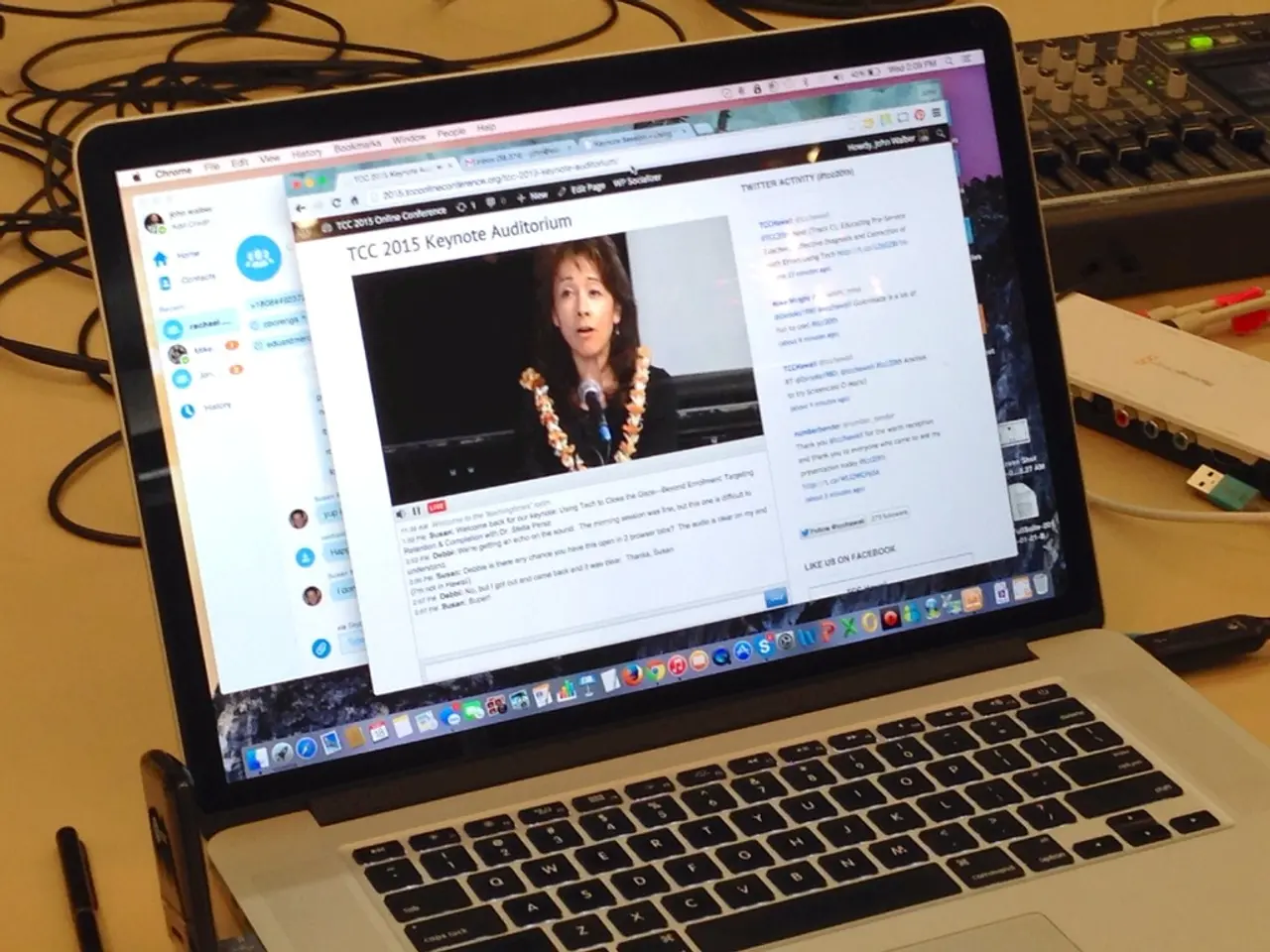Strategies for Organizing Spaces: Initiating Your Clearing Process
In the realm of organizing, Marie Kondo's KonMari Method has made a significant impact, gaining popularity through a best-selling book and a Netflix series. The method's storage solutions and strategies are particularly praised, offering a practical approach to decluttering.
However, decluttering a home effectively and efficiently requires a strategic approach. Here are some steps and methods to help you get started:
## 1. **Set Realistic Goals** Begin by setting achievable goals. Break down larger tasks into smaller, manageable steps. For example, focus on one room or area at a time to avoid feeling overwhelmed.
## 2. **Choose a Decluttering Method** Select a decluttering method that suits your needs. Popular methods include the Four-Box Method, the 5S Method, and the Great Over Good Method.
The Four-Box Method involves labelling four boxes as Keep, Donate/Sell, Bin/Recycle, and Relocate. This method helps streamline the decision-making process.
The 5S Method, on the other hand, involves sorting, setting in order, shining, standardizing, and sustaining your space. It provides a systematic route to order and efficiency.
The Great Over Good Method is ideal for duplicate items, keeping only the best items and letting go of those that are merely "good."
## 3. **Start with the Easy Stuff** Begin your decluttering journey by tackling items that are clearly unnecessary or no longer needed. This includes trash or items that can be easily donated or recycled.
## 4. **Sort and Categorize** Divide items into four main categories: Keep, Donate, Recycle, and Trash. Be honest about what you truly need and use. Items that no longer serve a purpose or bring joy should be considered for donation or recycling.
## 5. **Maintain Progress** Regularly review and maintain your decluttered space to prevent clutter from building up again. Implement practices like the Organizing Triangle, which suggests that everything should have a home and similar items should be grouped.
Marie Kondo suggests eliminating duplicates, going through photos as a family to decide which images to keep, and displaying items that are meaningful.
Focusing on small spaces that can be decluttered in 5 minutes or less is effective. Just 5 minutes per day adds up to 2.5 hours of organizing and decluttering in a month.
For items that may be needed in the future, consider moving them into a box labeled with a date six months (or a specified time period) from the date of packing. The 20 20 rule can help address the concern of finding that you need an item after getting rid of it: if you can replace something for less than $20 and in under 20 minutes, it can safely be decluttered.
By following these strategies, you can efficiently declutter your home and maintain a tidy living space.
Incorporating Marie Kondo's methods into your home-decluttering journey, consider eliminating duplicates and displaying meaningful items, as she suggests. To efficiently maintain a minimalist lifestyle in your home-and-garden, implement the Organizing Triangle, ensuring that every item has a designated home and similar items are grouped.




